Alsunga Castle
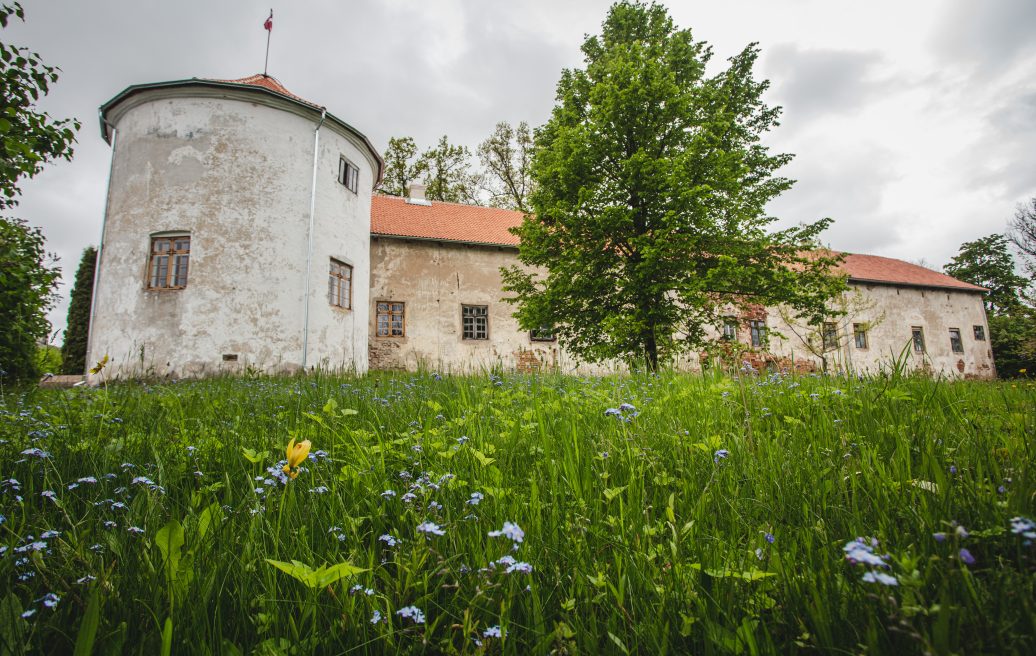
Description
Built in 1372, the Livonian Order’s Alsunga Castle took the shape of a magnificent square fortress with an inner courtyard. Of the castle’s original build, a part of the eastern wing cellars, the south wing and two fortification towers have survived to this day.
It is one of the few medieval castles that has partially survived in its historical form, making it unique both in Latvia and beyond. The castle’s south wing houses many objects of significant cultural and historical value, as well as some of the oldest original interiors in Kurzeme. It also offers an exhibition on the history of Alsunga Castle. Special offers include writing letters with ink and a quill, concerts by the legendary Suitu Sievas and Suitu Vīri women’s and men’s ensembles or the local bagpipe ensemble Dūdenieki, as well as hire of the tower premises for wedding ceremonies or other events.
The castle complex was built from the 14th to the 19th century and has been rebuilt many times.
It is known that in 1566, Alsunga Castle, owned by the Duchy of Courland, was leased to Friedrich von Kanitz. Seven years later, in 1573, Alsunga and its lands were bought by Jakob von Schwerin. Much of the castle’s reconstruction took place under the rule of von Schwerin.
The castle was damaged during the Swedish-Polish war in 1659, however, the true extent of the damages has not been documented. It is possible that the extensive repairs mentioned were related to the devastation caused by war. The von Schwerins owned the castle until 1738 when it was bought by Duke Ernst Johann von Biron of Courland and Semigallia.
When the castle passed into the Duke’s ownership, a part of its structures was in a state of ruin or had already been lost. In the late 18th century, the castle’s economic importance increased, and it was used more actively. In 1796, after the Duchy was dissolved, it became the property of the Russian Crown, and in the first half of the 19th century, it was rented out. Finally, after WWI the castle came into the hands of the local government. In 1925, a plan for transforming the castle’s south wing into a doctor’s office and apartments was drafted and approved in 1927. In 1950, the architect E. Zivtiņš developed a project for a post office and telephone exchange in the southwest tower and the south wing, however, it was not seen through. From this point, the south wing housed a school.
Improvements made within the project
The project included the rescue and restoration of Alsunga Castle’s south wing. The beams of the first and second floor were restored, shutters were installed on the embrasures, and lighting and a footbridge were installed in the south wing’s attic. The footbridge will allow tourists to visit the attic and discover the heritage preserved here.
The project renovated the roof on Alsunga Castle’s south wing: First, all tiles were removed, sorted and washed. After levelling the roof, the intact tiles were re-laid, while missing or damaged tiles were replaced by analogues. In addition to the roof repairs, the south wing also received a lightning protection system.
A permanent exhibition was created in the castle’s south wing on the history of Alsunga Castle and its 17th-century owners, the von Schwerin family (the region acquired its unique character during the reign of Ulrich von Schwerin, ultimately contributing to the inclusion of Suiti cultural space in the UNESCO Intangible Cultural Heritage List). The exhibition includes both light and sound installations, as well as VR solutions, allowing every visitor to explore the various manifestations of the rich Suiti culture. Young visitors have the opportunity to solve several puzzles related to Suiti culture.
The project was implemented by Alsunga Municipality Local Government.
Investments – EUR 352,939.81
Of which:
ERDF funding – EUR 299,998.83
state budget grant – EUR 13,235.25
municipal funding – EUR 39,705.73
The castle is located in the centre of Alsunga municipality. You can leave your private car at the Alsunga Culture House or by one of the shops in the Alsunga town centre and walk to the castle in a few minutes. You can also take public transport running on the route Kuldīga–Alsunga.

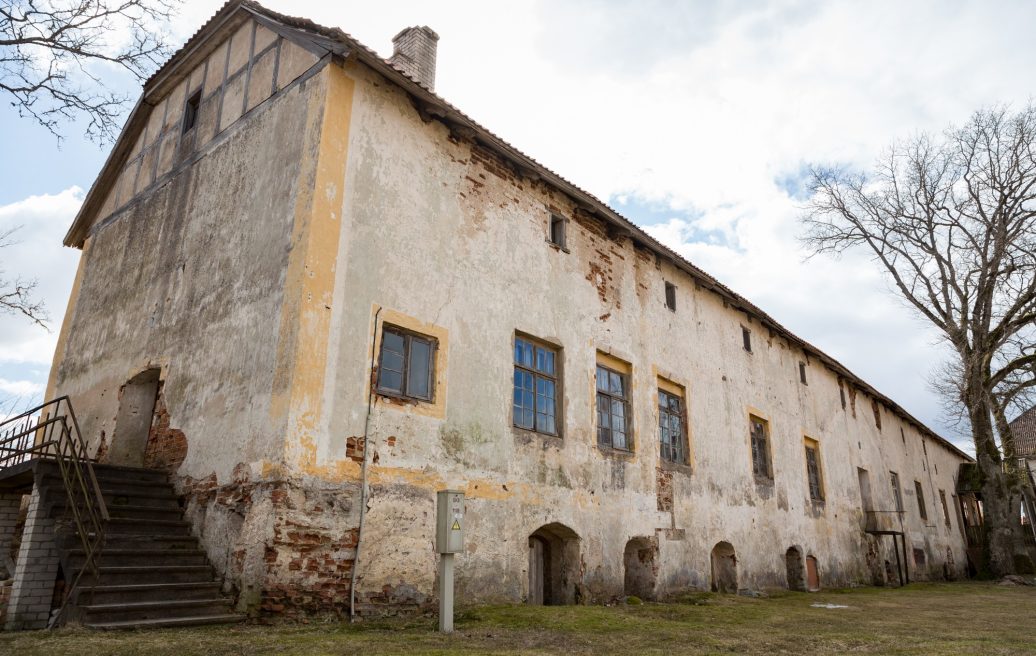
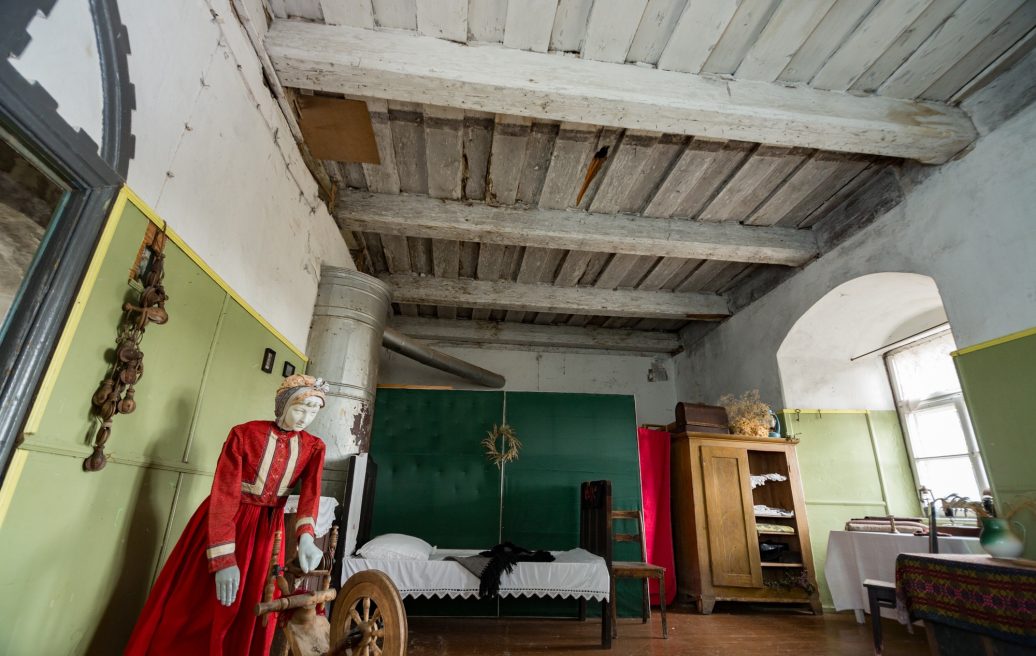
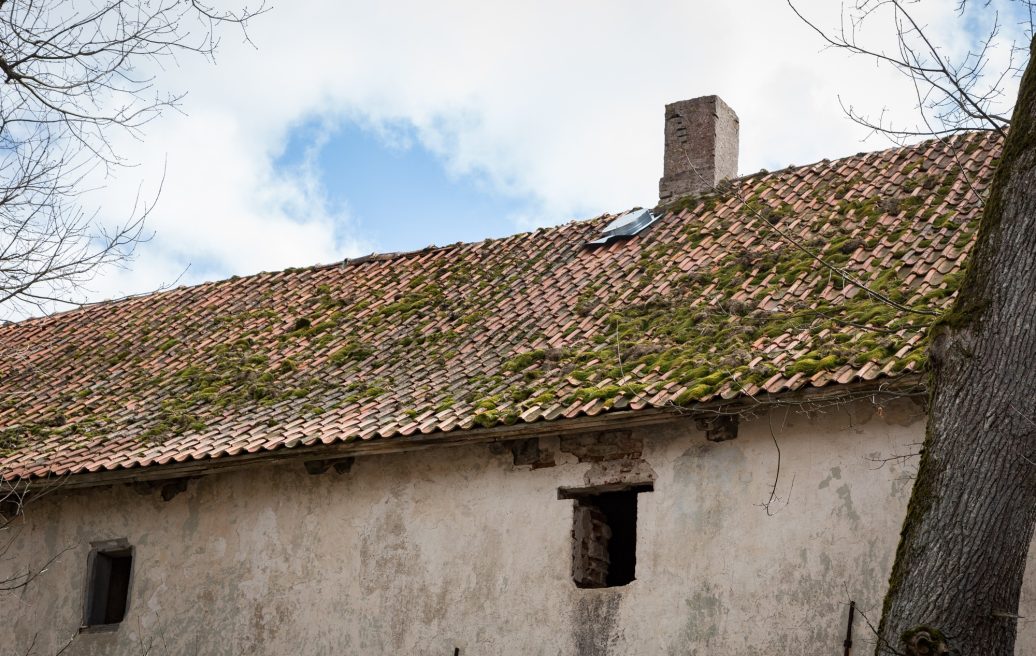
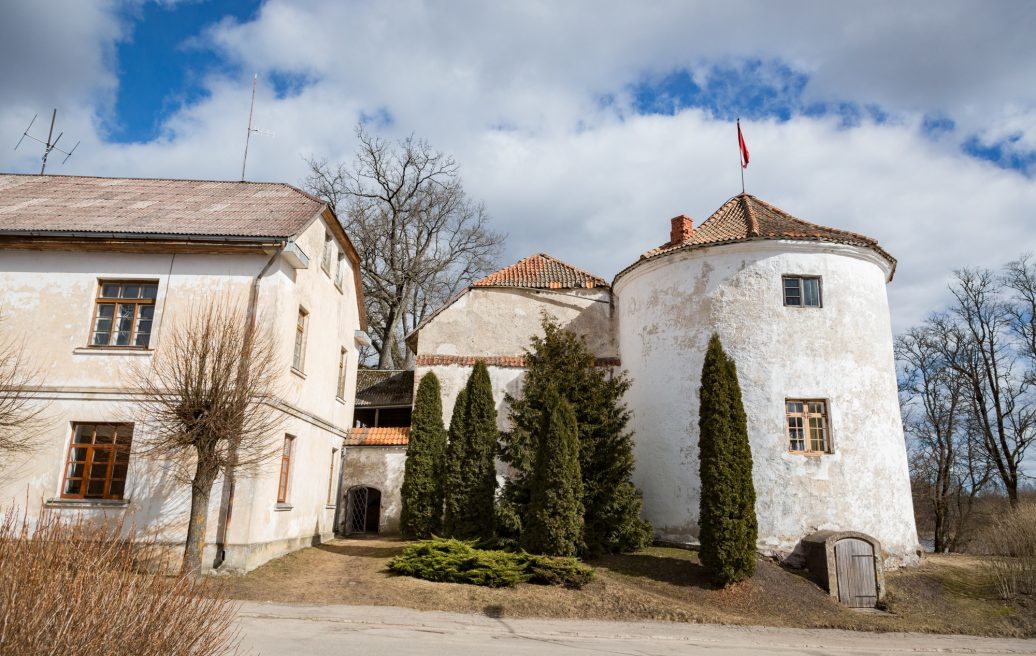
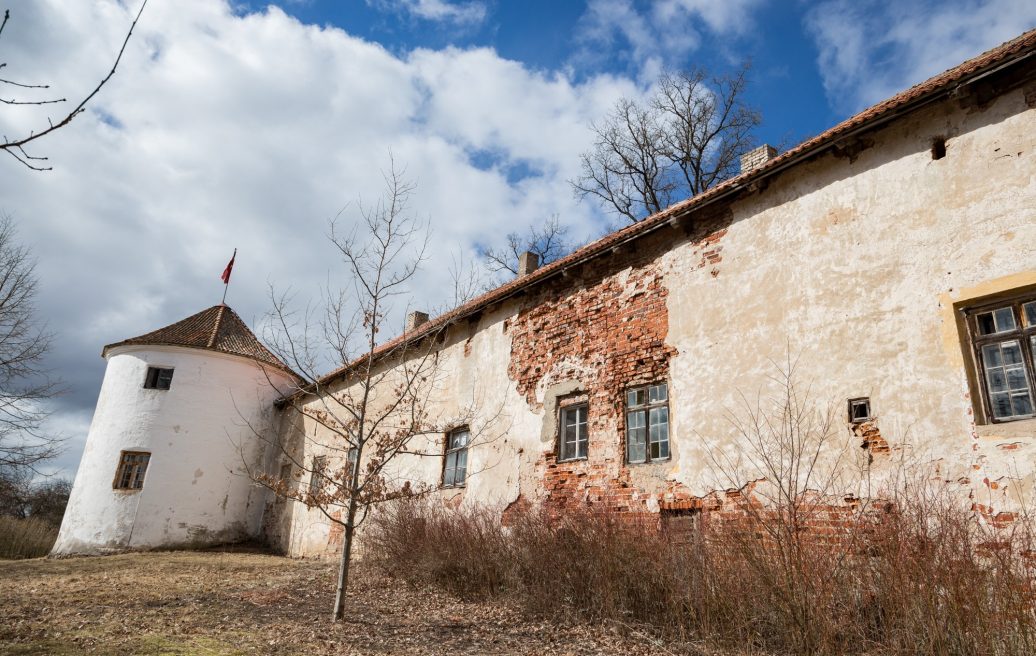
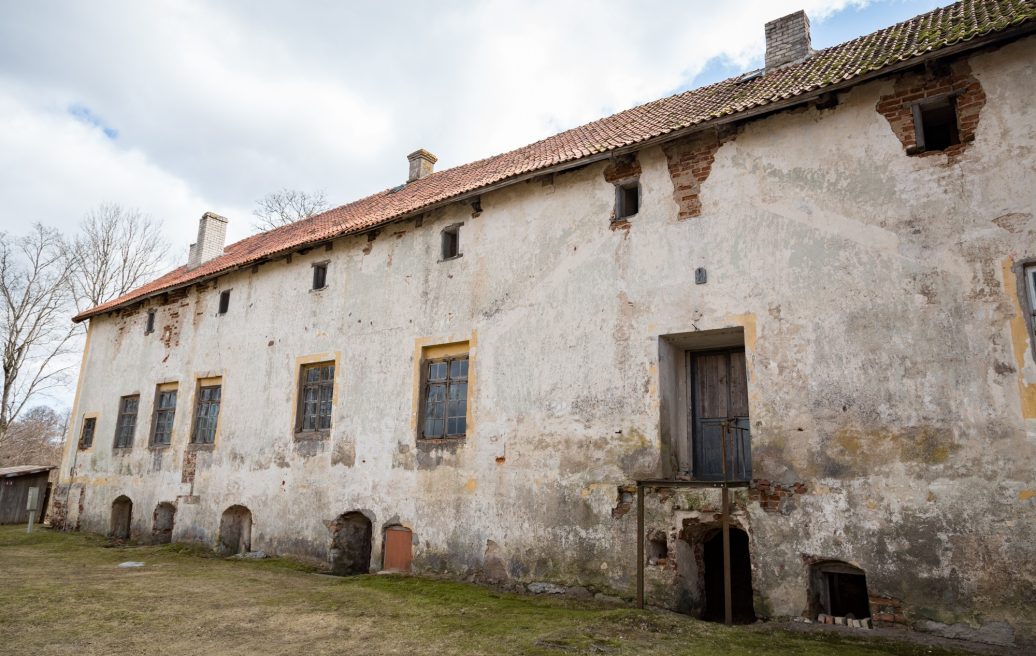
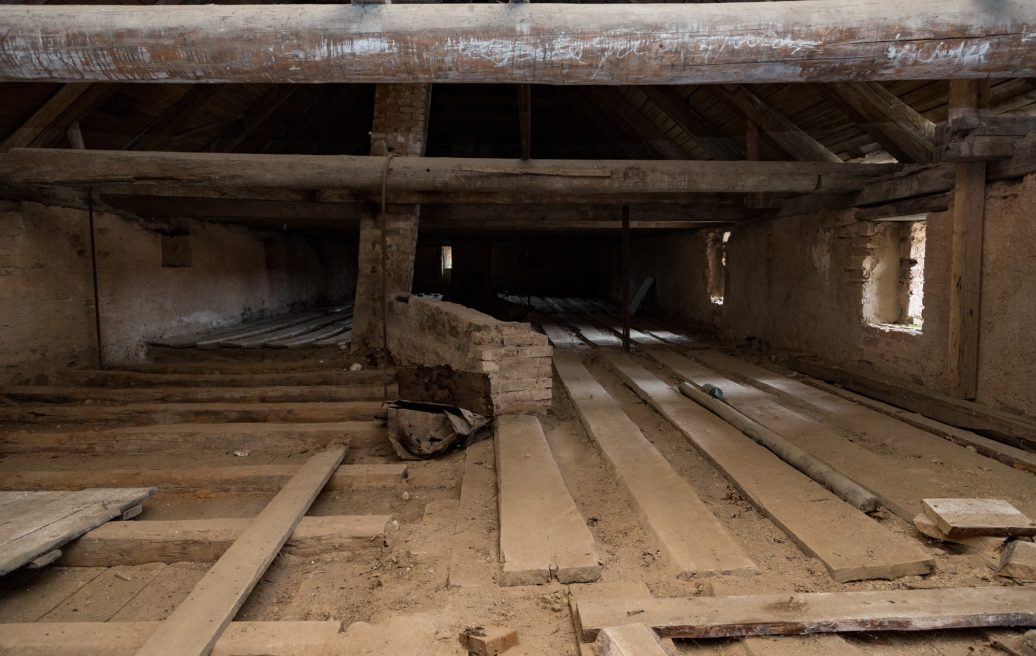
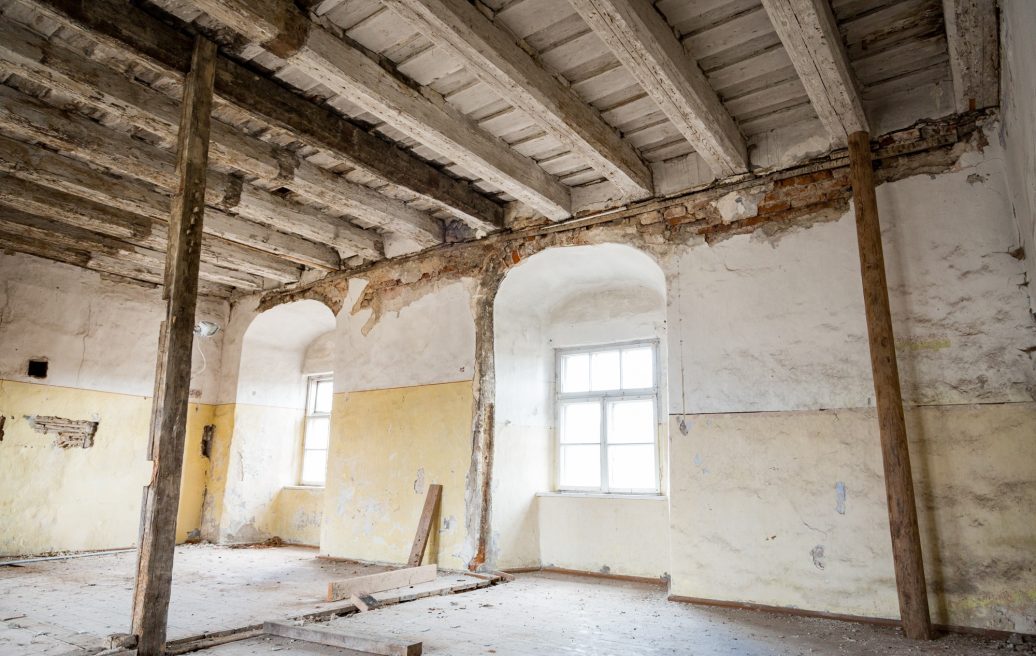
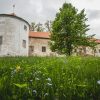
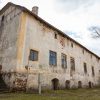
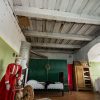
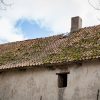
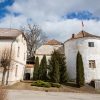
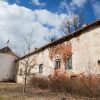
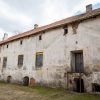
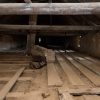
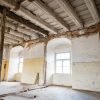
Address
Pils Street 1, Alsunga
Working time
Monday: closed
Tuesday :9:00-17:00
Wednesday: 9:00-17:00
Thursday: 9:00-17:00
Friday: 9:00-17:00
Saturday:11:00-16:00
Sunday: closed
Admission fee
EUR 2,30 for adults
Good to know
A visit to the castle’s grounds is free of charge and requires no prior reservation, however, inside visits and guided tours should be arranged in prior by calling one of the following numbers.
